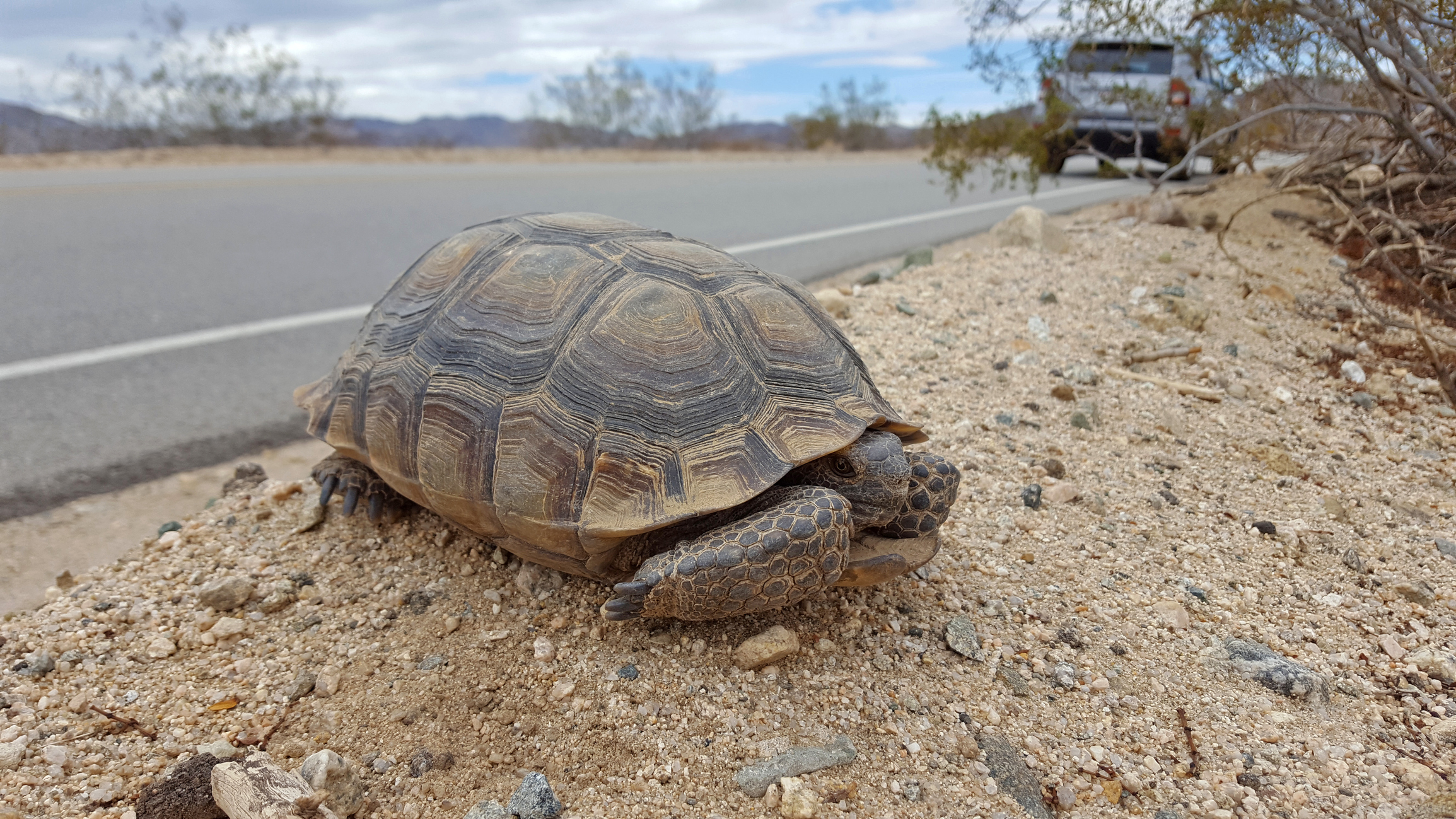In a sobering announcement, the California Fish and Game Commission has designated the Mojave desert tortoise as endangered, elevating its risk from its previous classification as threatened.
A Troubling Decline
Despite more than three decades of state and federal protection, tortoise populations have not recovered. In designated conservation areas, declines have been drastic, with a shocking 54% drop in the Western Mojave over the past 19 years.
Threats to Survival
Multiple factors threaten the tortoise’s survival, including:
- Habitat Loss: Development, military expansion, and off-highway vehicle use are fragmenting the species’ habitat.
- Livestock Grazing: Cattle and other livestock compete with tortoises for food and damage their burrows.
- Disease and Invasive Species: Diseases like upper respiratory tract disease and invasive plants like red brome impact their health and habitat.
- Climate Change: Wildfires, droughts, and rising temperatures exacerbate the species’ challenges.

Key to Recovery
To give the tortoise a fighting chance, advocates emphasize the need for:
- Expanded Protection: Designating more protected areas to reduce habitat loss.
- Swift Conservation Measures: Funding for habitat restoration, fencing, and land acquisition to shield tortoises from threats.
- Public Education and Engagement: Raising awareness about the importance of the tortoise and reducing harmful practices.
The uplisting of the Mojave desert tortoise as endangered signals the urgency of these actions. Without immediate intervention, this iconic creature may vanish from our desert landscape forever.
The Mojave population of desert tortoise is found in Arizona, Utah, Nevada, and California, and it is a beloved resident of Joshua Tree National Park, where it is extensively studied by the National Park Service. The tortoises feed on vegetation and hibernate for extended periods. They can reach an age of 80, but they take up to 20 years to reach maturity, making their reproduction rate vulnerable to predation and other challenges.
Conservationists hope that the designation of the tortoise as endangered will attract resources and attention to protect these remarkable creatures. They envision a future where the tortoise can thrive once more in the Mojave Desert, its unique ecosystem preserved for generations to come.























